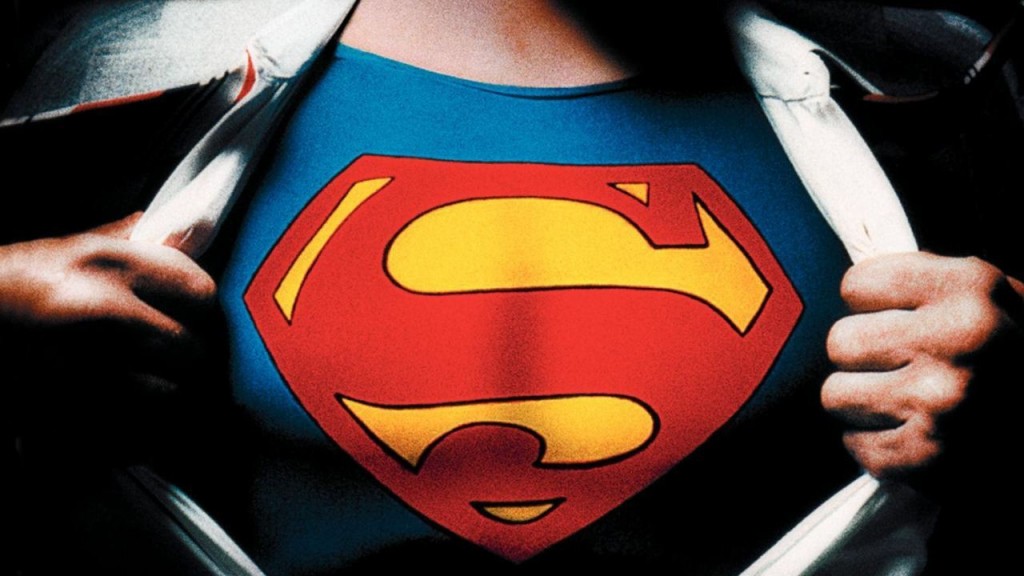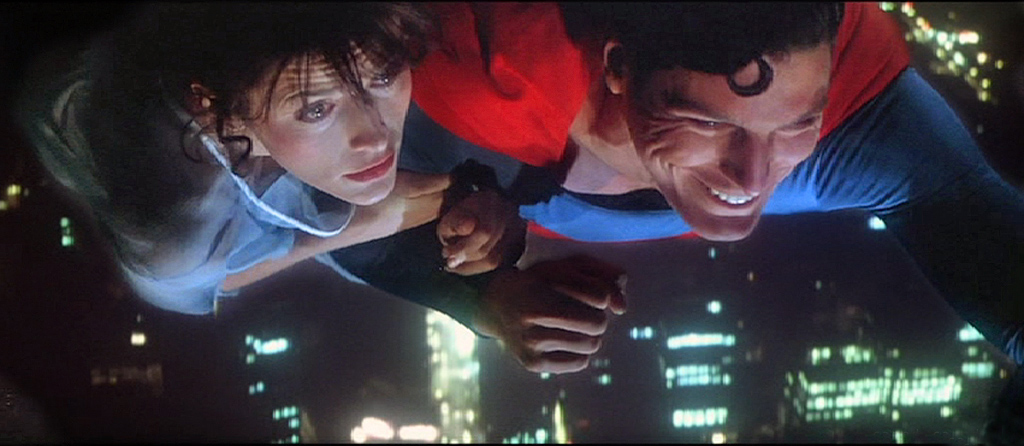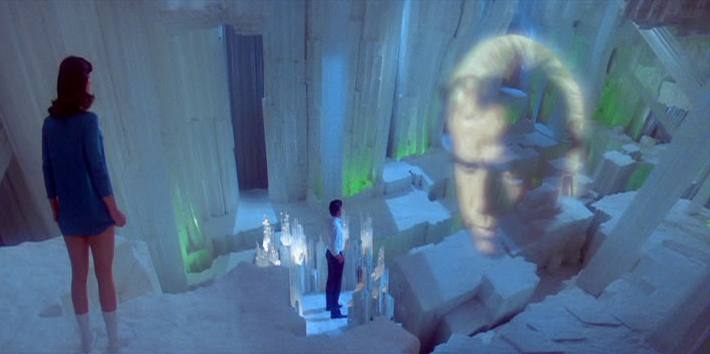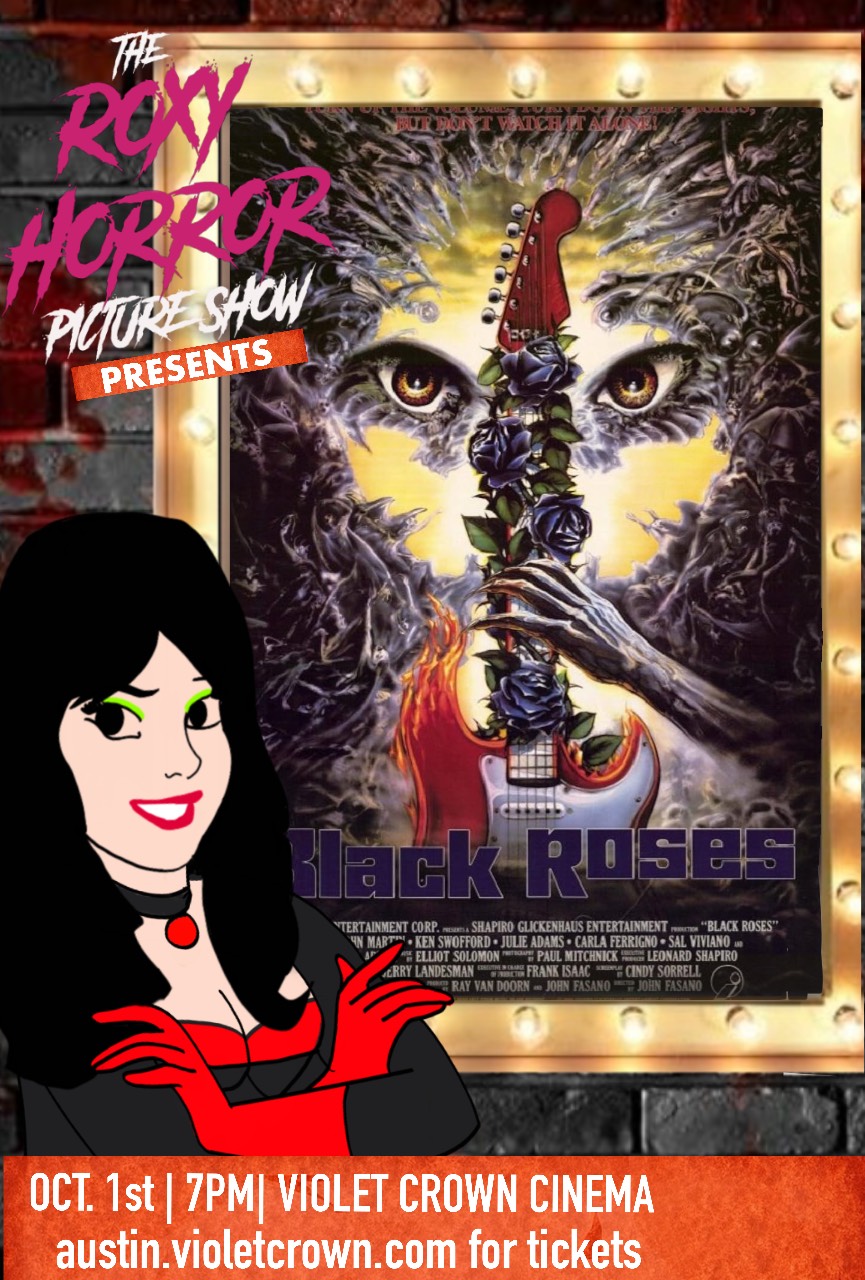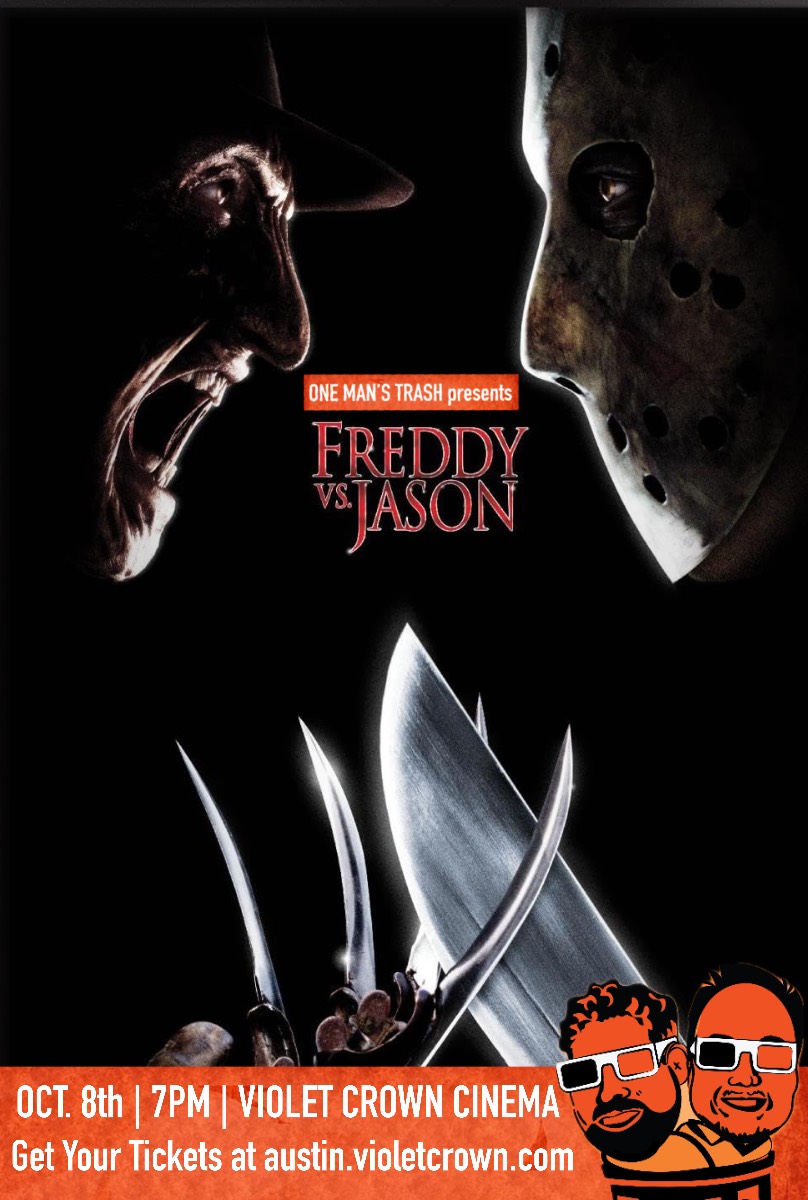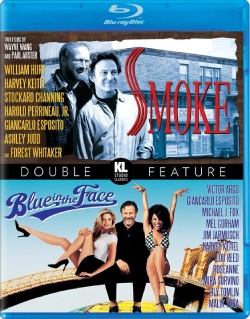Alternative versions of films rarely improve upon things. Whether it’s a director’s cut filled with extra scenes that were probably cut for a reason, an extended television version that puts in deleted scenes for the sake of cutting out censorable material or a version that the producers nearly put out to make things more commercial, alternative cuts usually take more away than not. That’s why an alternative cut that truly changes things for the better shouldn’t just be sought out, but celebrated. A few such reedits have gotten their fair kudos, mainly Ridley Scott director’s cuts for Blade Runner and Kingdom of Heaven. Yet, the one that probably deserves the most praise has been largely forgotten in most circles; The Richard Donner Cut of Superman II, which was cobbled together from footage that spent ages in Warner Bros’ vaults before being edited together in time for the release of Superman Returns in 2006. Not only is this version much different in tone than the Richard Lester credited version originally released in 1981, but I’d argue it runs circles around that version like Clark Kent flying around the world to turn back time.
Now, before we get into the nitty gritty of Superman II, let’s focus on the 1978 predecessor that Richard Donner actually got to finish for a second. Putting superheroes to film is based in one simple desire: to showcase a sense of wonder. Current superhero films have managed to do this and their methods can be directly attributed to the work Donner did here. The wonder here doesn’t merely come from the seemingly dated effects work or the bombastic third act scheme that sort of throws the film into some admitted Deus Ex Machina territory. It comes from seeing Clark Kent’s journey, from a literal Moses style origin in his infancy to being humbled by the grounded tragedy of his surrogate father’s death in his adolescence to finding his true purpose in adulthood. The original Superman film still transcends being a mere “superhero” film and becomes a spectacle that has a genuine heart and desire to see such a character brought to the screen. The dedication of John Williams’ iconic sweeping score & Christopher Reeve’s effortless charms as both the befuddled Clark Kent and the heroically confident Superman shows just how infectious Donner’s own desire to emphasize the personalities of his characters was, drawing out their emotion, comedy & conflict in a genuine way. He did such a great job that he was able to convince much bigger actors like Gene Hackman or Marlon Brando to put their all into what could have easily been a mere cash in project. Those elements help us look past the datedness of the early Krypton scenes or a random passerby shouting “That is a bad outfit” in full on blaxploitation garb.
Even nearly forty years after it’s original release, Superman: The Movie is still a prime example of how to introduce a superhero to modern audiences. Christopher Nolan and Sam Raimi clearly took influence when crafting their versions of Batman and Spider-Man, taking the emotional beats that needed to be taken seriously to heart and occasionally goofing around when necessary. Richard Donner did something truly revolutionary… before being booted off of the second film with only three quarters of film completed. Superman II in its original 1981 theatrical release has traces of Donner’s vision clashing against scenes of slapstick that cringingly stop the movie dead. The opening Eiffel Tower sequence and the Niagara Falls bedroom bit all have the distinct stiffness and desolate lack of comedic timing that would fall completely flat in Superman III. None of this is to say that Superman: The Movie didn’t have any comedic relief or even jokes that fell flat. Both came from Ned Beatty’s Otis, who is one of the lesser elements given his “aw schucks” goofiness that was often used to frustrate Hackman’s Luthor to middling effect. At least Luthor’s reactions had a pompous charm that elevated some of their scenes, mainly on Hackman’s ability to turn any lesser gag into comedic gold with his effective delivery.
Hackman’s Luthor himself managed to walk the line between ego centric douche and genuine threat more often than not in Donner’s films, showcased particularly well during the bits of footage from Superman II with Hackman that were all shot by Donner. The line between the reshoots by Lester is incredibly obvious for Luthor’s scenes, including a completely pointless insert of a stuntman from behind in a bad wig climbing down the Fortress of Solitude. That bumbling slapstick clashes so much with the genuinely hilarious character based humor of Gene Hackman’s Lex Luthor. Donner’s decision to keep Otis in prison and have Luthor be driven by his desire to find out about The Fortress of Solitude adds an immediate tension for the audience, giving Lex Luthor threatening sense of knowledge that improves upon the rather happenstantial realization that a meteorite in the news could contain Kyptonite. Yet, he still maintains that sense of character driven humor that works similarly for Clark and Lois’ awkward tension of posing as newlyweds or the Kryptonian Trio learning about Earth. The kind of relief that feels appropriate for a film so steeped in actually developing its characters, but never removes their ultimate sense of agency.
By keeping the characters consistent, Superman II: The Richard Donner Cut serves as a true sequel that deals with the consequences of the first film. Namely, it plays on a major theme for Kal El/Clark Kent/Superman from the first film: his search for identity. His question of whether he can have a human relationship and juggle it with his responsibilities to protect the planet that became his true home. The major addition in this cut is footage Donner filmed with Marlon Brando as Jor-El, conversing with his son about the ramifications of choosing to put the needs of himself over the needs of others. It’s a moment that shows the true turmoil of Kal El: a demigod raised as a human, wishing he could somehow have both sides. In the wrong hands, it could make our hero seem selfish, but Christopher Reeve and Richard Donner give heavy emphasis on Clark’s struggle with his humanity and his parentage. Even his inevitable return to the tights has genuine weight, showing Kal El’s deep regret and making the true sacrifice of destroying the last remaining parts of his people quite clear and bold. Of course, a major part of that is building up Clark’s chemistry with Lois Lane believable. For this, the Donner version has a rather key scene woven in:
This sequence was meant to be shot in the hotel room set previously seen in the film, but never was due to Donner’s firing. For the Donner Cut, a combination of Margot Kidder and Christopher Reeve’s screen tests were used. Despite the clashing nature of the sets and clear downgrade in film quality, this is an excellent example of showcasing both characters. Lois has the tenacity to prove Clark’s true identity directly after multiple failures and Clark is attempting to appeal to Lois’ sense of reason in his own dorky way. It’s an adorable yet compelling way to sell why Clark would let his guard down and find no alternative but to reveal his secret identity to the woman he literally turned back time for, allowing for their love and his sacrifice while secluded in his Fortress of Solitude, more so than the poorly stitched together “action scene” of Superman saving Lois from raging waters in Niagra Falls. Thus, the eventual regret for giving up his powers crushes us even more when our main villains of Zod, Non and Ursa have taken over.
Speaking of which, our Kryptonian Trio manages to be far more intimidating than their in the previous version. We know less about the crime that led to their imprisonment here, allowing their actions to unfold and reveal their intimidation rather than directly exposit more about their crimes. Admittedly, Richard Lester tried to add more sequences of building character for even the likes of Non in his version, but those sequences ultimately add little to the overall scope of these villains taking on “Planet Houston.” These characters don’t need that much individuality as much as they need to be a dark mirror of what Kal El could be if he chooses to use his powers for selfish purposes. This is shown particularly well when the evil Kryptionans force The President of the United States to surrender, which shows phenomenal character actor EG Marshall giving up with honor as a way of saving lives. It keeps Donner’s use of noble hearted pursuits, but adds enough of a reality that supersedes much of the camp and gives proper stakes for why Superman must give up his decision to live a normal life. Plus, the menace from those three is countered to great comedic effect constantly by Gene Hackman’s Luthor attempting to kiss their asses as he vows for beach front property. To give some credit to Lester, his version of the massive climactic fight between Superman & the villains does have the superior inciting line:
Of course, there are issues with The Richard Donner Cut. There are points where the editing comes off as more than a bit jarring, especially given the other version’s pacing. Plus, the few uses of 2006 era smaller scale CGI stand out blatantly amongst the early 1980s special effects. The Washington Monument destruction in particular is an eye sore. Plus, the ending’s reuse of the turning back the world trick from the first film feels like a mere marginally better quick fix than Clark using his weird “roofie kiss powers” on Lois in the Lester version. Yet, none of it takes too much away from this version of the story that reminds us why Richard Donner paved the road for our modern blockbuster craze of superheroes. He knew to have fun with these characters, but ultimately take their conflicts seriously so as to ground this goofy idea of an alien coming down as our savior. Unlike the predominately campy sequels that would follow or the regurgitated nostalgia of Superman Returns, Superman II: The Richard Donner Cut manages to add a sense of progression to the story that came before it and give true consequence to Clark’s decisions. It’s rough around the edges, but it truly transforms the film everyone knew for decades and makes it something unique, special and – quite frankly – superior. Let’s hope Zack Snyder can do the same for Man of Steel with Batman V. Superman: Dawn of Justice… but if not, we’ve at least got The Donner Duology.

